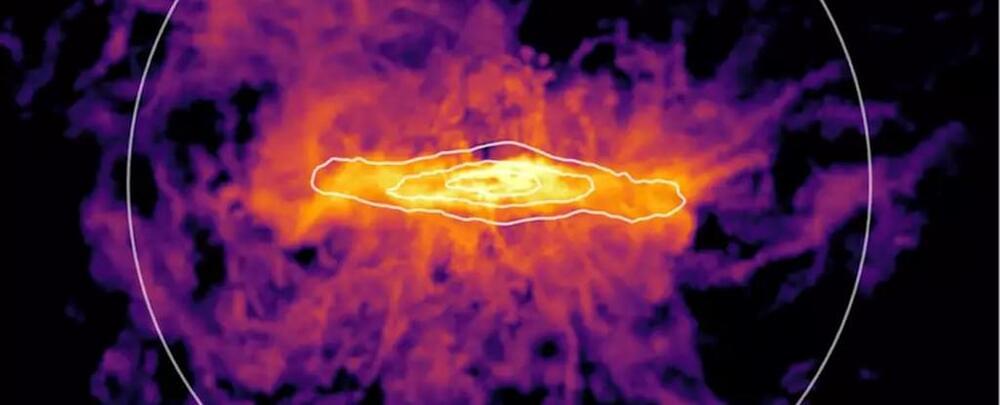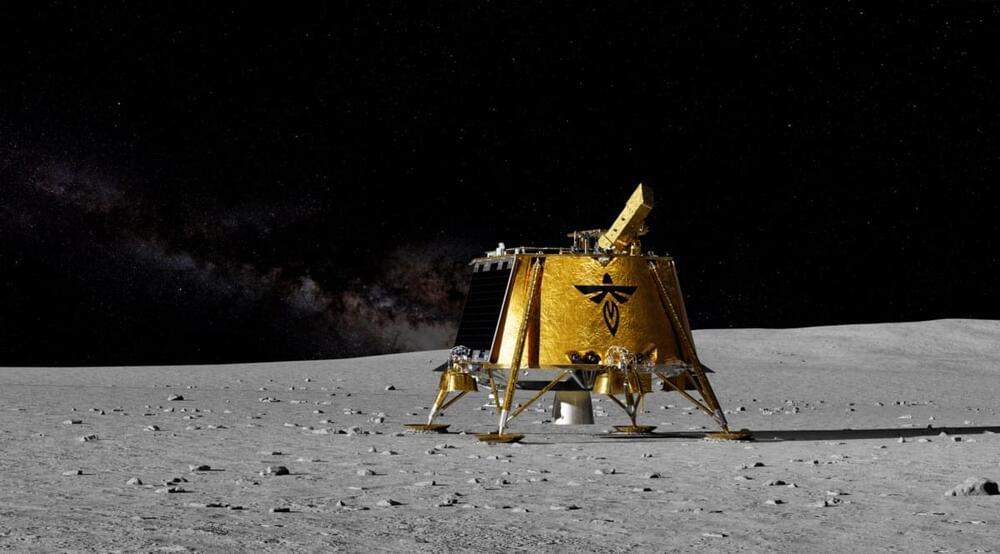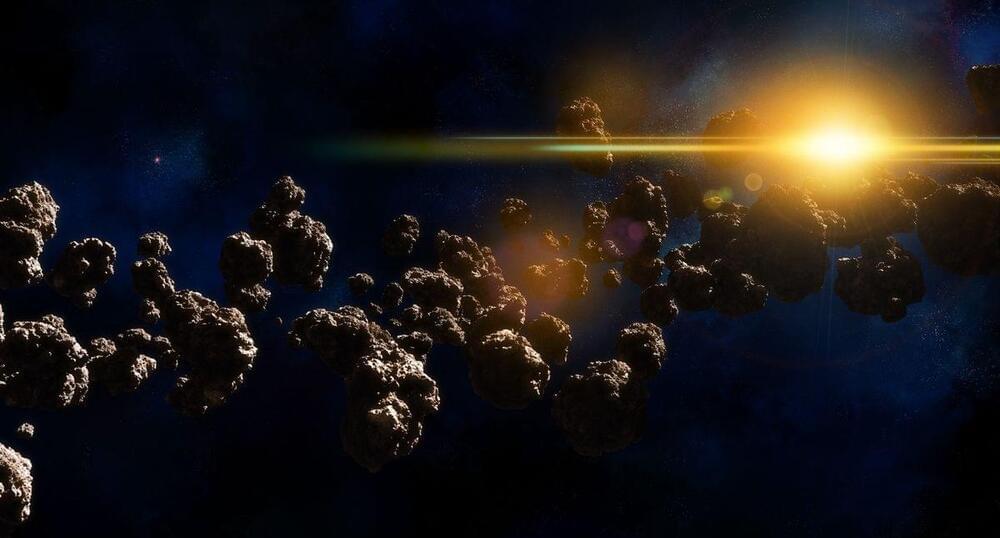Scientists using JWST discover a galaxy where gas emissions eclipse stellar light, shedding light on early universe galactic evolution.


When a magnetar within the Milky Way galaxy belched out a flare of colossally powerful radio waves in 2020, scientists finally had concrete evidence to pin down an origin for fast radio bursts.
A mind-blowing new study has now narrowed down the mechanism. By studying the twinkling light of a fast radio burst detected in 2022, a team of astronomers has traced its source to the powerful magnetic field around a magnetar, in a galaxy 200 million light-years away.
It’s the first conclusive evidence that fast radio bursts can emerge from the magnetospheres of magnetars.

Carl Sagan famously said, “We are made of star-stuff,” but even he didn’t realize just how far that star stuff traveled before it got to us.
New Hubble data has shown at least some of the carbon that now makes up our bodies may once have drifted hundreds of thousands of light-years out of the galaxy and back.
Elements heavier than helium are forged in the hearts of stars, eventually released into the cosmos when those stars explode as supernovae. These ingredients are then fed into the next generation of stars and planets.

Near the Moon’s eastern limb lies Mare Crisium — the Sea of Crises — a low basalt plain embayed by rugged mountains. Carved by a colossal impact some 3.9 billion years ago, the 460-mile-wide (740 kilometers) mare appears largely flat and featureless. But lingering whispers of a volcanic past are everywhere, from its ubiquitous darkness to craters flooded and semi-obliterated by ancient basalt lavas — and a curious, solitary landmark near its center: the four-mile wide (6.4 km) Mons Latreille.
Soon, a robotic craft called Blue Ghost will land here, carrying 10 science instruments and technology tests as part of NASA’s Commercial Lunar Payload Services (CLPS) program. Also known as Blue Ghost Mission 1 and nicknamed Ghost Riders in the Sky, the lander is targeting a six-day launch window in mid-January. NASA announced Jan. 7 that the first scheduled launch opportunity is 1:11 a.m. EST on Wednesday, Jan. 15.


Simulations of neutron stars provide new bounds on their properties, such as their internal pressure and their maximum mass.
Studying neutron stars is tricky. The nearest one is about 400 light-years away, so sending a probe would likely take half a million years with current space-faring technology. Telescopes don’t reveal much detail from our vantage point, since neutron stars are only the size of a small city and thus appear as mere points in the sky. And no laboratory on Earth can reproduce the inside of neutron stars, because their density is too great, being several times that of atomic nuclei. That high density also poses a problem for theory, as the equations for neutron-star matter cannot be solved with standard computational techniques. But these difficulties have not stopped efforts to understand these mysterious objects. Using a combination of theory-based methods and computer simulations, Ryan Abbott from MIT and colleagues have obtained new, rigorous constraints for the properties of the interior of neutron stars [1].


Astronomers have captured a stunning first: an image of a protective bubble around a star like our sun. This mysterious astrosphere, a cosmic shield against harmful radiation, could hold clues about the sun’s turbulent youth. Nicknamed The Moth, this star boasts peculiar wing-like structures, hinting at a deeper story.

January 18, 2025: A Venus-Saturn conjunction occurs after sunset in the southwestern sky. The two planets are part of a nightly planet parade that marches westward from Earth’s rotation.
By Jeffrey L. Hunt.
Chicago, Illinois: Sunrise, 7:14 a.m. CDT; Sunset, 4:49 p.m. CST. Check local sources for sunrise and sunset times. Times are calculated by the US Naval Observatory’s MICA computer program.
